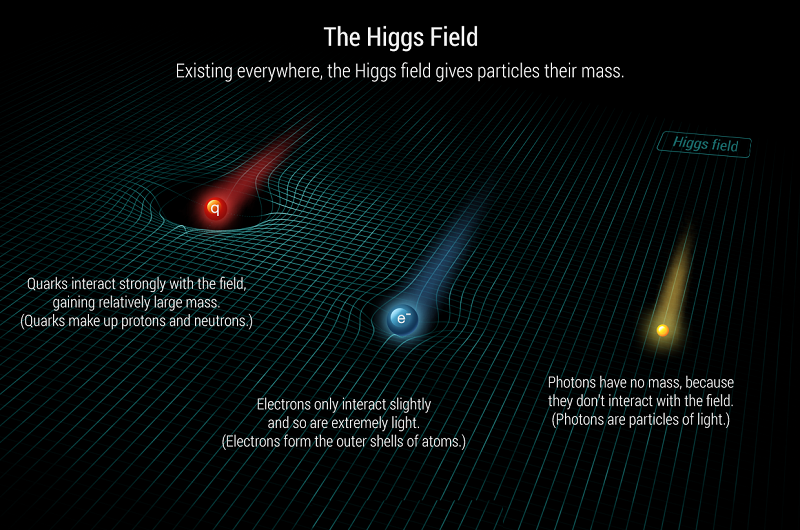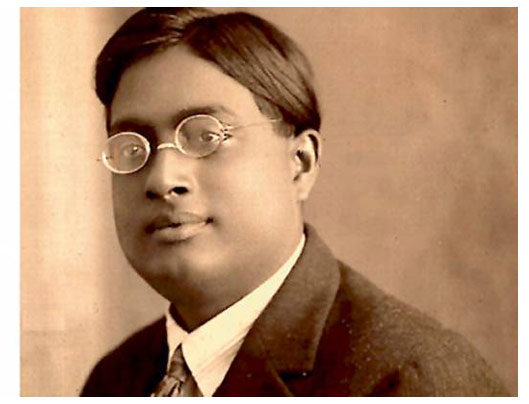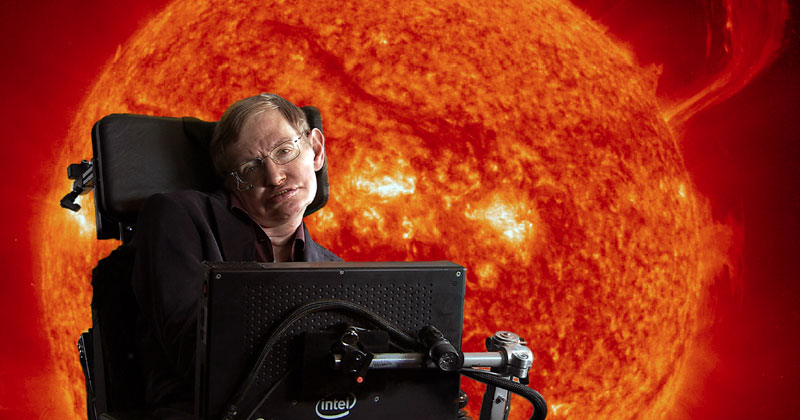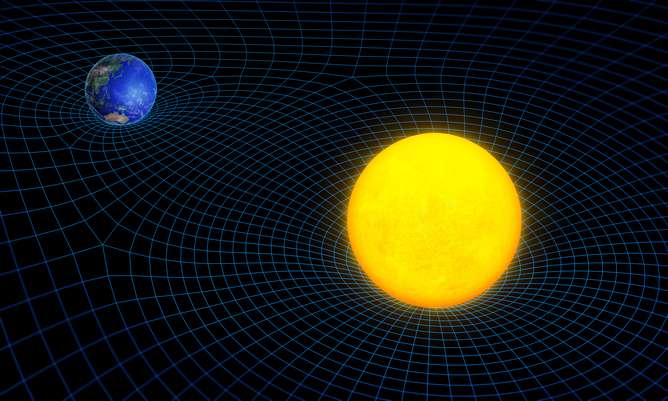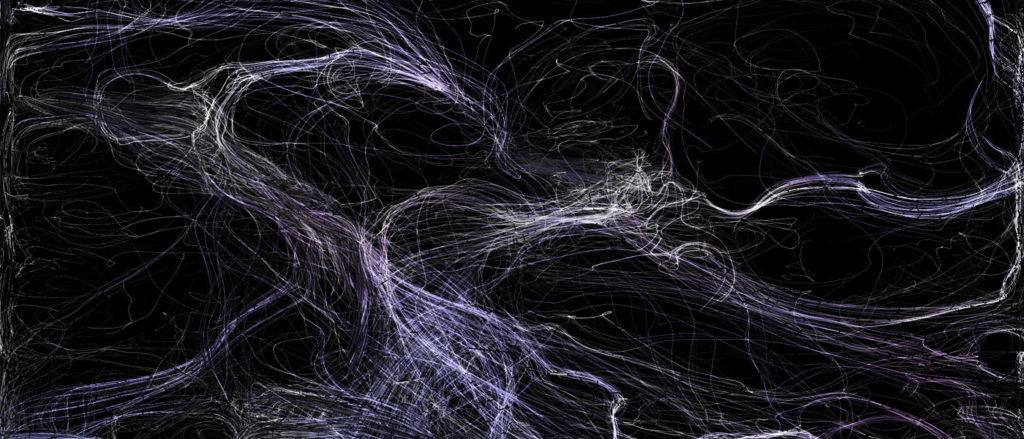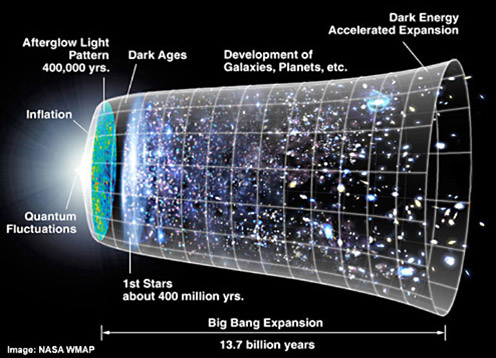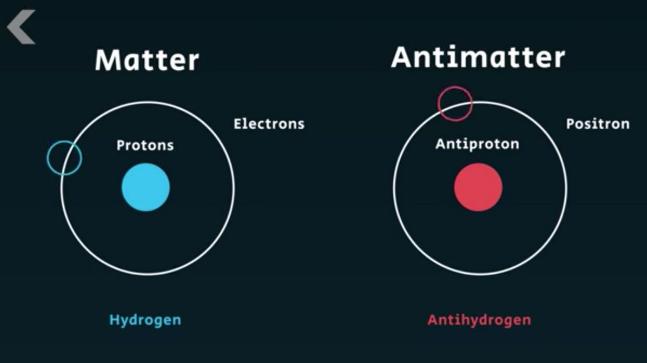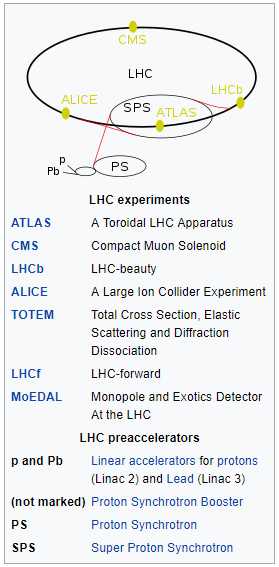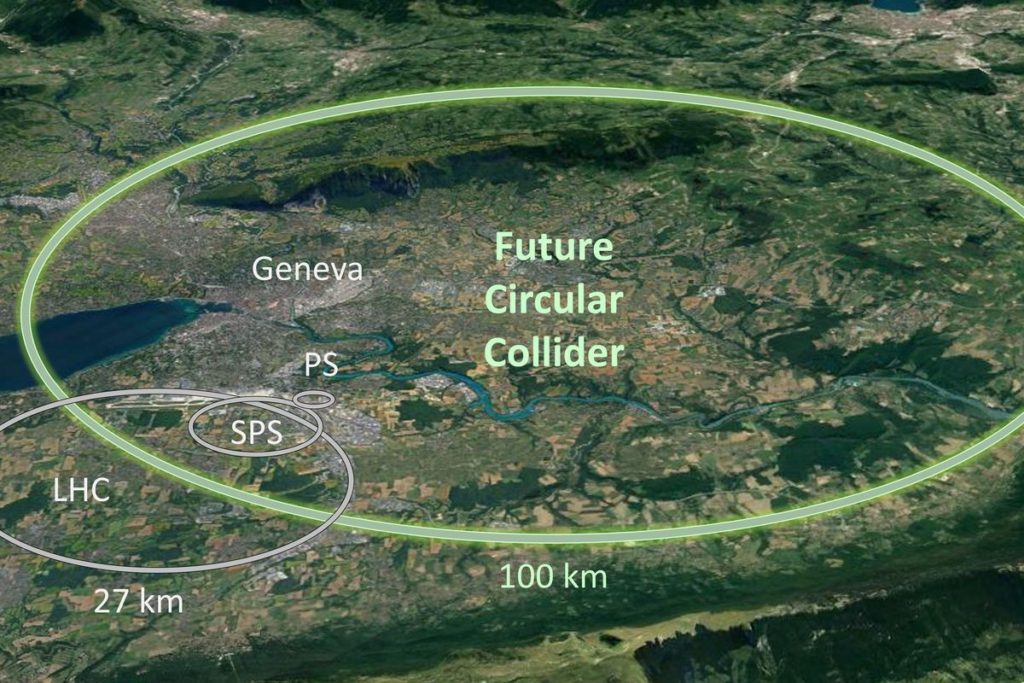Higgs Boson – Understanding the God Particle
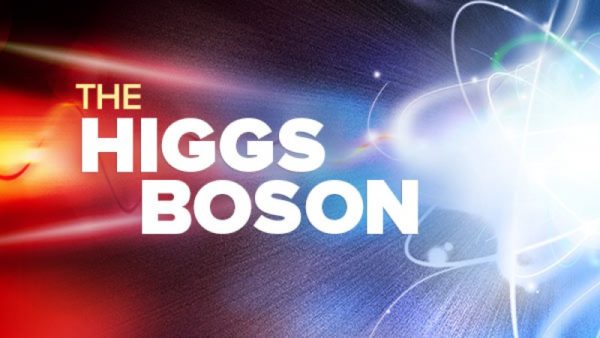
From Current Affairs Notes for UPSC » Editorials & In-depths » This topic
IAS EXPRESS Vs UPSC Prelims 2024: 85+ questions reflected
Recently, the European Organization for Nuclear Research (CERN) which has the largest particle accelerator in the world known as the Large Hadron Collider (LHC), has published a report that presents LHC’s larger and more powerful potential successor, the Future Circular Collider (FCC). Many criticized that the super collider which is expected to cost billions of dollars is not going to be a good investment. However, it has to be noted that, the same kind of criticisms had overwhelmed the LHC project until it discovered the Higgs Boson.
In this article, you will learn every basic thing related to the particle physics and the associated research, so that you will be able to better understand the future news related to the particle physics.
What is Higgs Boson and how did it contribute to the universe formation?
- The Big Bang occurred approximately 13.75 billion years ago, and it is responsible for the creation of the Universe.
- But after the Big Bang, the universe was a gigantic soup of particles racing around at the speed of light without any mass to speak of.
- That’s where Higgs field comes into the picture.
- Higgs field is the invisible energy field that exists throughout the universe. It consists of Higgs boson particles (God particles).
- When the particles scattered from Big-bang crosses the Higgs field, the former attains mass and slow down as their weight increases.
- If Higgs didn’t provide mass to particles, then all particles float in the universe with the speed of light and there will be no gravity and no life.
- More interaction of particles with Higgs fields gives heavier mass to the particles = they settle down at one place = creation of stars, planets etc.
- The process of giving mass to a particle is known as Higgs effect.
- Higgs-boson particles are named as God Particles as they are the fundamental particles that provide mass to other particles.
- The Higgs-boson was named after two scientists – Peter Higgs and Satyendra Nath Bose.
Who is Higgs?
Peter Higgs, in full Peter Ware Higgs, (born May 29, 1929, Newcastle upon Tyne, Northumberland, England), the British physicist who was awarded the 2013 Nobel Prize for Physics for proposing the presence of the Higgs boson.
Who is Bose?
- The work that was done by Bose and Albert Einstein laid the foundation for the discovery of the God particle.
- The sub-atomic particle “boson” is named after Bengali physicist Satyendra Nath Bose whose pioneering work in the field in the early 1920s changed the way particle physics has been studied.
- He was awarded India’s second highest civilian award, the Padma Vibhushan by the Government of India.
- It has to be noted that, he never received a Ph.D., nor was he awarded a Nobel Prize, though the Nobel committee recognized other scientists for research related to concepts he developed.
Is the God Particle could destroy the universe?
- Stephen Hawking (late theoretical physicist) warned that the God particles could destroy the universe as they can be destabilized at a very high energy level at above 100 bn GeV.
- Higgs field is in 2 states: one is normal state and the other is very denser than normal.
- Each state can undergo the transition to another state. However, they are separated by the energy barrier.
- Quantum physics experiments can allow the particles on one side to break the energy barrier and reach the other side = dangerous and could destroy the universe.
What is the Standard Model?
- The standard model is a theory of Particle Physics.
- It says all the material around us consists of 12 matter particle (also called as Fermions).
- The other 11 particles as predicted by the model have been found and only Higgs particle has not yet been found, so the CERN was trying to find it.
What is General Theory of Relativity?
- General relativity is a theory of space and time.
- The theory was published by Albert Einstein in 1915.
- The central idea of general relativity is that space and time are two aspects of spacetime.
- Spacetime is curved when there is gravity, matter, energy, and momentum.
What is string theory?
- It is also known as the “Theory of everything” as it tries to explain all fundamental forces and matters of the universe.
- It is the theory in which point like sub-atomic particles replaced by strings.
- It is the combination of quantum mechanics (QM) and the general theory of relativity (GTR).
- Previously, quantum mechanics (QM) and GTR were in conflict with each other, since QM describes fundamental particles of stars, while GTR describes stars, galaxies, and the universe as a whole. So it doesn’t make any sense to have one theory for stars and one theory for subatomic particles. Hence, string theory solves this problem as it can be used to construct unified theories of gravity with other forces.
What is Supersymmetry (SUSY)?
- Physicists believe that the standard model is incomplete and there could be new particles which are supersymmetric partners of known ones (such property = supersymmetry).
- SUSY is a necessary ingredient of string theory = discovery of supersymmetric particles would strengthen the position of string theory.
What is Dark Energy and Dark Matter?
- Dark Energy is the theoretical concept introduced to explain the expansion of the universe. It is the energy which causes the expansion.
- Dark Energy can be found in two ways.
- 1. By finding sizes, shapes, and distances of galactic clusters which changes over time. How?
- Dark energy causes clusters to spread out.
- Gravity causes clusters to become more compact.
- So the rate of contraction or expansion of galactic clusters can show relative strengths of Dark energy and gravity.
- 2. By finding the distance of the galaxy from the earth through the Doppler Effect.
- Change in frequency of light waves can be used to identify the distance and speed of the object.
- So if the matter moves so fast = more redder it appears = Long wavelength
- Hence by tracing red colors in the galaxy by using spectroscope = finding long distance matters that are moving faster = show evidence for dark energy.
- Dark Matter is the theoretical concept introduced to explain “How, fast rotating stars and such other things are confined to the galaxy, instead of spreading out?” Dark matter is the intermediate matter that is necessary to hold nearer matters together.
What is Anti-matter?
- Antimatter is a term used in particle physics. It is a material composed of antiparticles. These have the same mass as particles of ordinary matter but have opposite charge and properties, such as lepton and baryon number.
- Encounters between particles and antiparticles lead to the destruction of both.
- Example- Positron is the anti-matter of electron.
- In hospitals, radioactive molecules that emit antimatter particles are used for imaging in the technique known as positron emission tomography.
What is the black hole?

- A black hole is a region in space having a gravitational field so intense that no matter or radiation (including light) could escape.
- Black holes of stellar mass are expected to form when very massive stars collapse at the end of their life cycle.
- After a black hole has formed, it can continue to grow by absorbing mass from its surroundings.
- The first modern solution of general relativity that would characterize a black hole was found by Karl Schwarzschild in 1916, although its interpretation as a region of space from which nothing can escape was first published by David Finkelstein in 1958.
What is CERN?
- The European Organization for Nuclear Research (CERN), is a European research institution that operates the world’s largest particles physics laboratory (LHC).
- It was established in 1954.
- It is located in Geneva, Switzerland.
- It has 22 Member states. India became an associate member of CERN in 2017.
- It is an official observer of the United Nations.
- Its primary function is to provide the particle accelerators and other infrastructure required for the research in high-energy physics. As a result, several experiments have been built at CERN through international collaborations.
- As researchers want remote access to these facilities, the lab has known to be a major wide area network (WAN) hub.
- Notably, CERN is also the birthplace of the World Wide Web (www).
What is Large Hadron Collider?
- The Large Hadron Collider (LHC) is the world’s largest and most powerful particle collider and the largest machine in the world.
- It was constructed by the CERN between 1998-2008 by working with more than 10,000 scientists and hundreds of universities and laboratories, as well as more than 100 nations.
- It lies in a tunnel 27 km in circumference and as deep as 175 m underneath the France-Switzerland border near Geneva.
- The aim is to enable physicists to experiment different theories regarding particle physics, including
- measuring the properties of the Higgs boson,
- searching for new particles predicted by supersymmetric theories,
- Identify dark matter,
- Find evidence for string theory,
- Understand antimatter.
- Search for extra dimensions of space and microscopic black holes,
- Look for signs of unification of fundamental forces,
- Learn about the fundamental forces that have shaped the universe since the beginning of time and will determine its fate.
- LHC Experiments are
- On 4 July 2012, the ATLAS and CMS experiments at CERN’s Large Hadron Collider announced they had each observed a new particle in the mass region around 125 GeV.
- It was done by means of firing two beams of protons in opposite directions before smashing into each other to create many millions of particle collisions every second in a recreation of the conditions a fraction of a second after the Big Bang, when the Higgs field is believed to have ‘switched on’ and did the magic.
- The observed particle is consistent with the Higgs boson but it will take further work to determine whether or not it is the Higgs boson as predicted by the Standard Model.
What is the Future Circular Collider (FCC)?
- It is the proposed high-performance particle collider for extending the research currently being conducted at the Large Hadron Collider (LHC), once the latter reaches the end of its lifespan.
- It would be more than 60 miles in circumference, cost more than €20 billion ($22 billion), and be completed around 2050.
- Under the plans, the collider would be built up in stages.
- Firstly, it would collide electrons and positrons.
- Secondly, it would collide electrons with much heavier nuclei of lead atoms.
- Thirdly, by 2050s, it would collide protons together with an energy of 100 teraelectronvolts (TeV), or nearly 10 times that of the LHC.
- The FCC with its more powerful machinery and the longer tunnel will be able to observe particles that remain invisible to current technology.
- With FCC, researches would like to get the better understanding of antimatter, understand more about the nature of dark matter and where it can be found, and figure out why the Higgs boson was so much lighter than they thought it would be.
UPSC Question – Prelims Paper 1, 2013
The efforts to detect the existence of Higgs boson particle have become frequent news in the recent past. What is /are the importance of discovering this particle?
- It will enable us to understand as to why elementary particles have mass.
- It will enable us in the near future to develop the technology to transferring matter from one point to another without traversing the physical space between them.
- It will enable us to create better fuels for nuclear fission.
Select the correct answer using the codes given below:
- A) 1 only
- B) 2 and 3 only
- C) 1 and 3 only
- D) 1, 2 and 3
Ans: A) ( 1 only)
UPSC Question – Prelims Paper 1, 2018
Consider the following phenomena :
- Light is affected by gravity.
- The Universe is constantly expanding.
- Matter warps its surrounding space-time.
Which of the above is/are the prediction/predictions of Albert Einstein’s General Theory of Relativity, often discussed in media?
- A. 1 and 2 only
- B. 3 only
- C. 1 and 3 only
- D. 1, 2 and 3
Ans: D ( 1, 2 and 3)
Click here to become a member of IAS EXPRESS and access all articles, mindmaps, magazines, and study tips to boost your marks in UPSC exam.
If you like this post, please share your feedback in the comments section below so that we will upload more posts like this.
